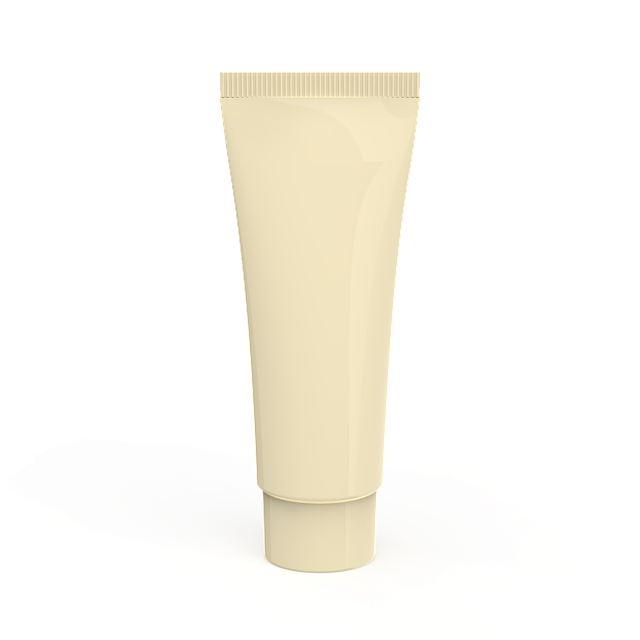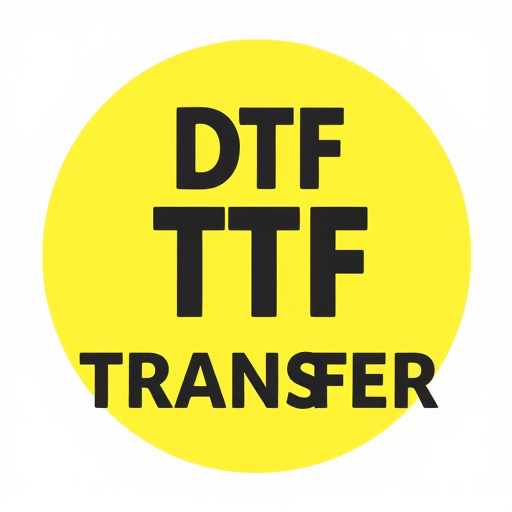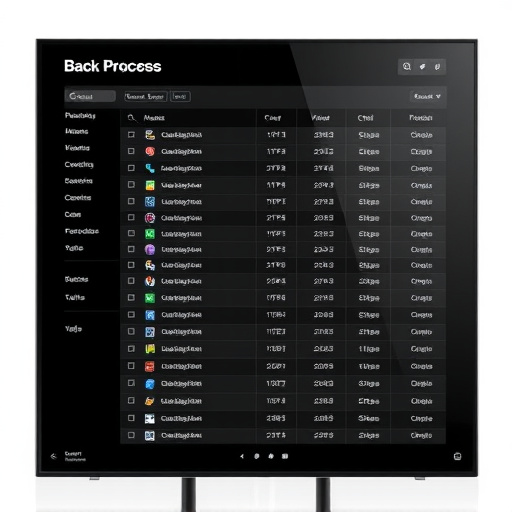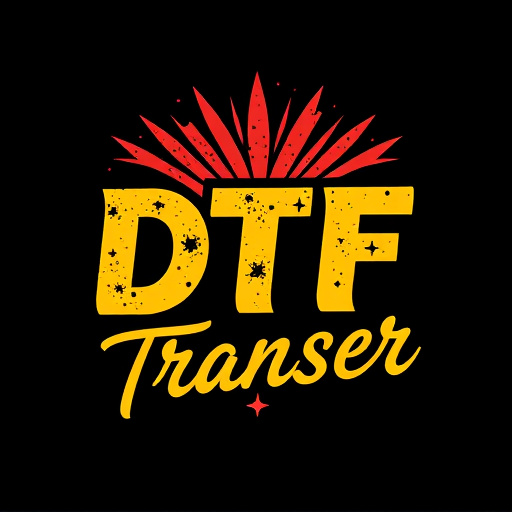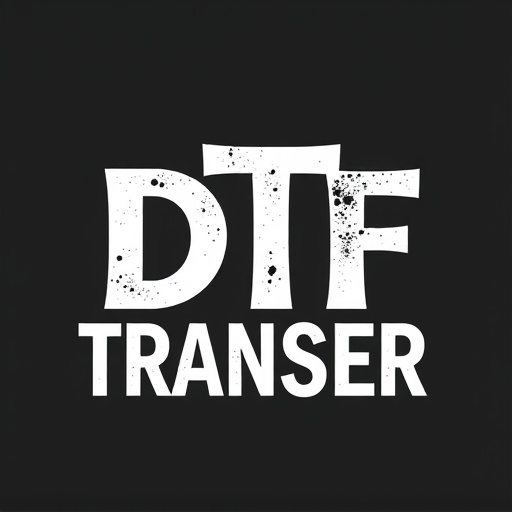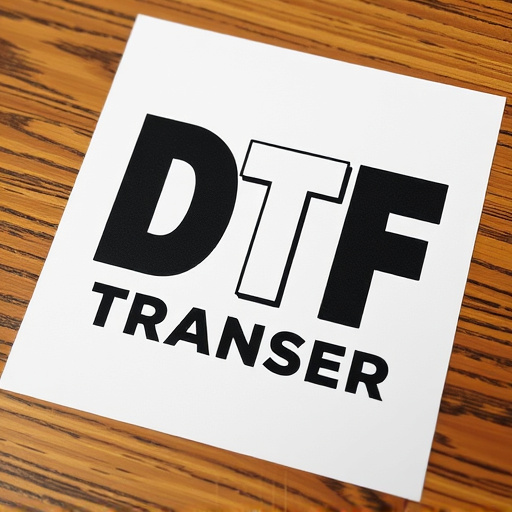DTF (Direct-to-Film) prints revolutionize customization, offering high-quality, intricate designs on diverse surfaces. They appeal to entrepreneurs and manufacturers alike. Inspiration gathering from various artistic sources is crucial for creating unique DTF prints. A well-prepared pre-production phase involves using industry-standard tools like Adobe Creative Suite and 3D modeling software, along with color profiling and stock footage. Balancing visual impact with printing limitations ensures accurate reproduction on different film surfaces. Specialized setup and calibration are vital, as is a clean workspace and proper feeding of substrate. Post-production techniques enhance visuals, ensuring DTF prints captivate audiences with rich details and vibrant colors.
“Unleash your creativity with personalized direct-to-film (DTF) designs! This comprehensive guide takes you on a journey from concept to creation. First, we’ll explore the fundamentals of DTF prints, understanding their unique appeal in today’s visual landscape. Then, discover how to gather inspiration and reference materials to fuel your design process. Learn essential pre-production preparation tips, including recommended tools and software. Next, master designing for DTF with creative considerations and best practices. By the end, you’ll be ready to navigate the printing process and add final touches to present your stunning custom DTF designs.”
- Understanding Direct-to-Film (DTF) Prints: A Brief Overview
- Gathering Inspiration and Reference Materials
- Pre-Production Preparation: Essential Tools and Software
- Designing for DTF: Creative Considerations and Best Practices
- Printing Process: Setting Up Your DTF Printer
- Post-Production Touches: Finishing and Presenting Your Custom Designs
Understanding Direct-to-Film (DTF) Prints: A Brief Overview
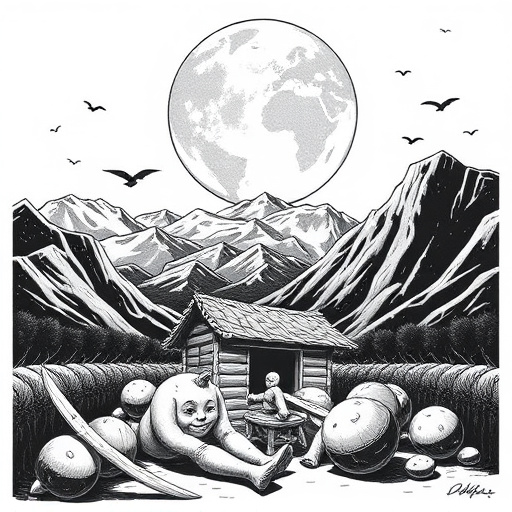
Direct-to-film (DTF) prints are a cutting-edge method that allows for the creation of high-quality, customized designs directly on various surfaces, from clothing to accessories and even art pieces. This innovative process involves using specialized printing technologies to apply intricate patterns, graphics, or text onto materials without the need for intermediate transfer media. DTF Prints offer a unique advantage in that they enable designers and artists to bring their visions to life with exceptional detail and vibrancy.
This technology has revolutionized the way we approach customization, as it streamlines production by eliminating traditional steps like screen printing or heat pressing. With DTF Prints, creators can achieve complex designs, bold colors, and crisp lines on demand, making it an attractive option for both small-scale entrepreneurs and large-scale manufacturers. The versatility of DTF allows for endless possibilities, from creating personalized fashion statements to designing unique promotional items that truly stand out.
Gathering Inspiration and Reference Materials
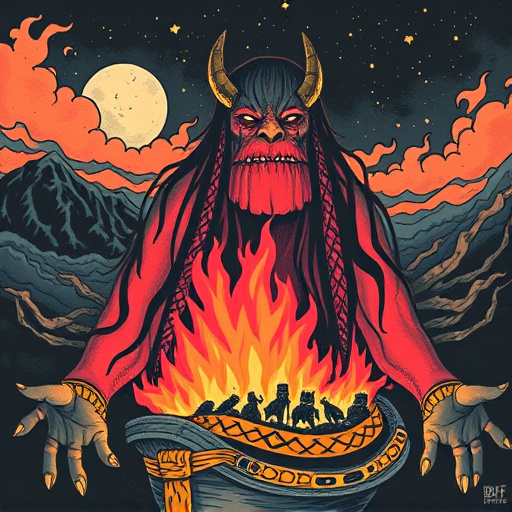
Gathering inspiration is a vital step in creating unique and captivating DTF (Direct-to-Film) prints. Start by exploring various artistic genres, from street art to surrealism, to find styles that resonate with your vision. Online platforms like Pinterest, Instagram, and DeviantArt are treasure troves of visual ideas, where you can discover trends, color palettes, and themes that might inspire your design. Collect images, patterns, and references that catch your eye, forming a diverse collection to draw from.
Additionally, seek reference materials that reflect the desired aesthetic and subject matter of your DTF print. This could include photography books, fashion magazines, or even architectural blueprints for unique textures and line work. By curating a rich source of inspiration, you’ll have the tools to craft a one-of-a-kind design, setting your DTF prints apart in the market.
Pre-Production Preparation: Essential Tools and Software
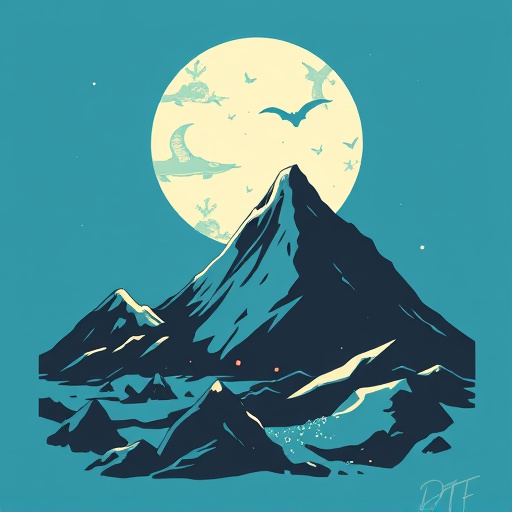
Before diving into the creative process, ensuring a smooth pre-production phase is key for successful direct-to-film (DTF) designs. The right tools and software can streamline your workflow and elevate your final prints. Start by assembling a comprehensive toolkit that includes industry-standard design programs like Adobe Creative Suite (Photoshop, Illustrator, After Effects), known for their versatility in creating visually stunning graphics. Additionally, consider 3D modeling software such as Blender or Autodesk Maya for adding depth and dimension to your designs, especially if you’re incorporating complex elements.
For DTF Prints, color management is crucial. Incorporate tools like X-Rite Color Profiler and Pantone Color Match to ensure accurate color representation throughout the design and printing process. A robust library of high-resolution images and stock footage will also be beneficial, accessible through platforms like Shutterstock or Adobe Stock. These resources can provide a vast array of visual assets to enhance your designs, ensuring every element is on brand and ready for translation into high-quality DTF prints.
Designing for DTF: Creative Considerations and Best Practices
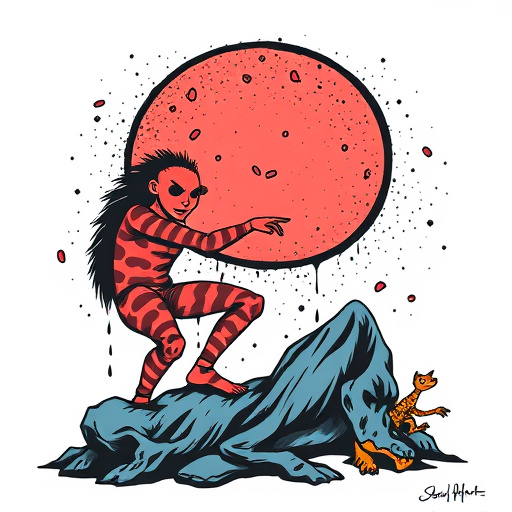
Designing for Direct-to-Film (DTF) prints involves a unique set of creative considerations. One of the primary challenges is balancing visual impact with practical printing limitations. DTF Prints require designs that can be accurately reproduced on various film surfaces, taking into account factors like resolution, color accuracy, and opacity. Incorporating high-contrast elements and clear lines ensures optimal visibility during projection.
Best practices for DTF design include using vector graphics to maintain sharp details at different scales and choosing color schemes that translate well in low light conditions. Avoid complex gradients or subtle nuances that might get lost in the printing process. Consider the audience’s viewing environment—whether indoors, outdoors, or in a controlled setting—and tailor your design accordingly. Lastly, test prints on similar materials to ensure the desired aesthetic and prevent unforeseen issues during final projection.
Printing Process: Setting Up Your DTF Printer
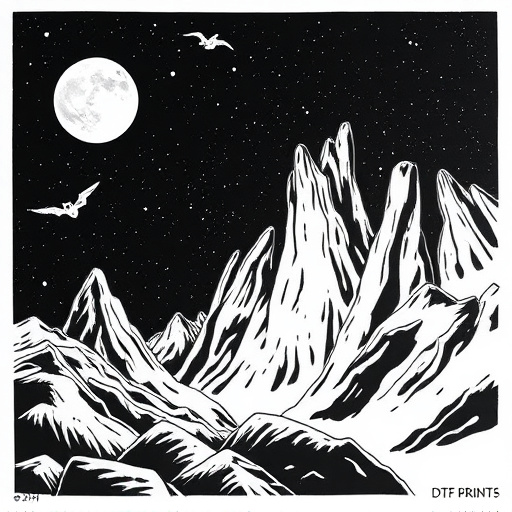
The printing process for Direct-to-Film (DTF) prints involves setting up a specialized printer designed to handle this unique technique. To begin, ensure your DTF printer is properly calibrated and configured according to the manufacturer’s guidelines. This includes installing the correct ink or coating material specific to DTF printing. The setup should also include precise adjustment of print heads, nozzles, and any other components to guarantee optimal ink deposition and layer accuracy.
A crucial aspect is creating a clean and controlled environment to prevent contamination. Consider using protective gear such as gloves and masks. Additionally, maintain a tidy workspace by keeping it free from debris and dust. Once prepared, feed the film or substrate into the printer, ensuring proper alignment and tension for consistent printing quality. This meticulous setup process is vital to achieving high-quality DTF prints.
Post-Production Touches: Finishing and Presenting Your Custom Designs
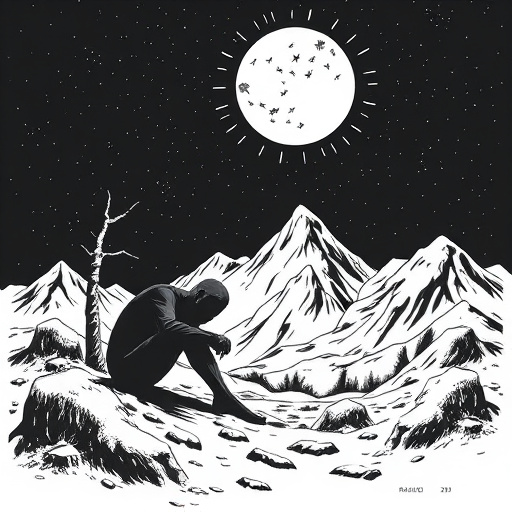
After finalizing your direct-to-film (DTF) design, it’s time to add those final touches that will bring your creation to life. Post-production is a crucial stage where you can enhance and refine your visuals, ensuring they meet your artistic vision and are ready for printing. This process involves various techniques to optimize the overall aesthetic and impact of your DTF Prints.
One key aspect is color grading, which allows you to adjust the hues, saturation, and contrast to create a cohesive and visually appealing look. You can also incorporate special effects like bloom or motion blur to add depth and dynamism. These post-production touches help your designs stand out and capture the audience’s attention. Additionally, ensuring proper file formatting and resolution is vital to maintain high-quality prints, allowing for intricate details and vibrant colors when displayed on various media.




